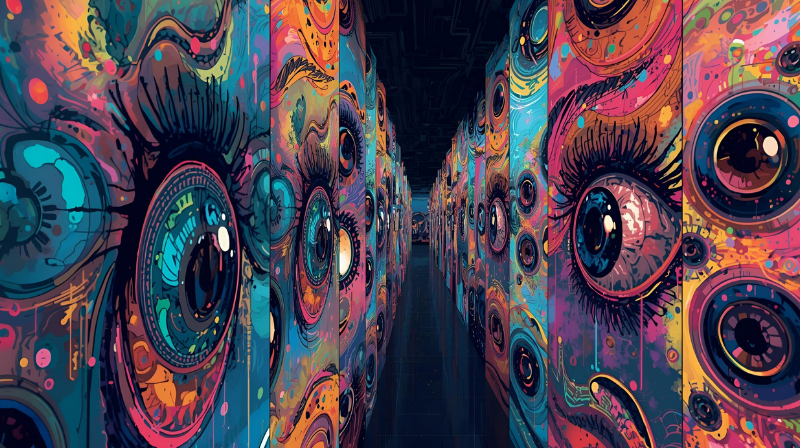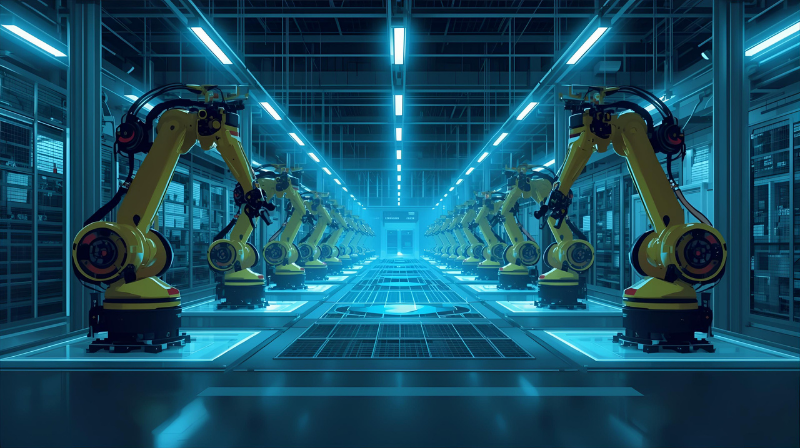For years, the holy grail of data for brick-and-mortar retailers was simple: foot traffic. How many people walked through the door? While a useful metric, it’s incredibly one-dimensional. It tells you nothing about what those customers did once they were inside. Where did they go? What did they look at? Which displays did they ignore completely? For too long, the physical store has been a black box of customer behavior.
Today, that black box is being pried open by Artificial Intelligence. By combining discreet cameras with powerful computer vision algorithms, retailers can now gather the kind of rich, granular data that was once the exclusive domain of e-commerce giants. This is not about surveillance; it’s about understanding. It’s an AI Customer Tracking & Business Intelligence System, a revolutionary tool for optimizing store layout, improving customer experience, and making smarter, data-driven decisions.
From Counting Heads to Understanding Journeys
A simple door counter is a blunt instrument. An AI-powered business intelligence system is a scalpel. It can anonymously track the entire journey a customer takes through a store, from the moment they enter to the moment they leave. This generates a treasure trove of actionable insights.
Uncovering Your Store’s Hidden Language
By aggregating the data from thousands of customer journeys, the AI can create a “heatmap” of your retail space. This visually reveals:
- Hot & Cold Zones: Which areas of your store attract the most attention? Which are being completely overlooked? This allows you to place high-margin products in high-traffic zones and redesign areas that are underperforming.
- Dwell Time & Engagement: The system can measure not just that people passed by a display, but how long they stopped to look. A display with high traffic but low dwell time is a missed opportunity. This data helps you A/B test different merchandising strategies to see what truly captures a customer’s attention.
- Queue Management: How long are your checkout lines at different times of the day? The AI can automatically track queue length and wait times, sending an alert to open a new register before the line becomes a point of customer frustration.
The Power of Real-World Analytics
E-commerce sites have long used analytics to optimize every pixel of their “store.” As Forbes highlights, AI is finally bringing this level of analytical power to the physical world. This data allows retailers to:
- Optimize Staffing: By understanding peak traffic hours with precision, you can ensure your floor is perfectly staffed to meet demand without being overstaffed during lulls.
- Measure Marketing ROI: Did that expensive new window display actually draw more people into the store and guide them toward the featured product? Now you can measure it.
- Improve Store Layout: The data might reveal that a poorly placed fixture is creating a bottleneck, or that customers are consistently missing a key department. This allows for layout changes based on evidence, not guesswork.
Building a Smarter Shopping Experience
Implementing an AI business intelligence system is about creating a better environment for your customers. When the store layout is intuitive, the checkout lines are short, and the products are easy to find, customers are happier. And happier customers are more likely to buy, and more likely to return.
By leveraging our expertise in custom AI solutions, we can help retailers install and configure these systems to gather the specific insights they need. It’s a combination of advanced hardware products and intelligent software services that transforms your physical space into a dynamic, responsive, and highly optimized retail machine. You’re no longer just guessing what your customers want; you’re letting their actions tell you directly.




